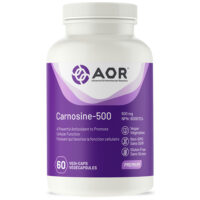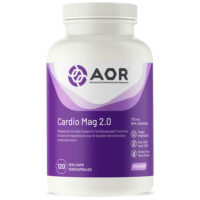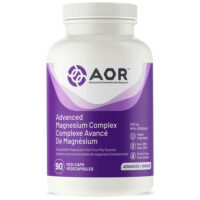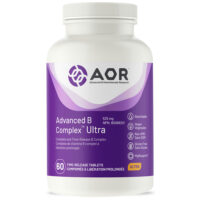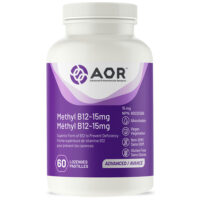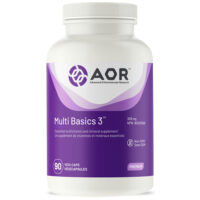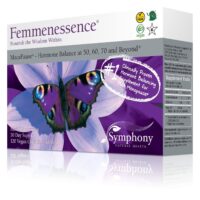Have you ever passed a dry cleaning store and noticed a cloud of white smoke billowing from the roof vent or, even worse, from the upper floor of the store? If so, beware of dry cleaners claiming they are environmentally friendly!
Out of the more than 30,000 dry cleaners that are in business today, less than 15% do not use the harmful toxin called perc (percholorethylene). According to the EPA, “perc has been labeled as a probable human carcinogen.”
When you drop your clothes off or pick them up, do you sense an odor that may leave you with a headache or cause dizziness? Perc is the cause. It not only causes nausea, but has been known to cause infertility in men, miscarriages, and nervous system disorders.
So why hasn’t the EPA or other health organizations banned the use of perc? Economics, politics, apathy – pick one. It is really up to you, as a consumer, to take a stand against dry cleaners that continually pollute the air with these known toxins.
Moreover, just because your clothing label might read “Dry Clean Only”, doesn’t necessarily mean that it has to be. Here is a little tidbit you may not have heard: Students who were taking a textile course were told that due to the import laws, all garments shipped from China had to be washed first. This then pre-empts the instructions on the label, doesn’t it? This also clears up the misconception that “Dry Clean Only” must be adhered to. While there are exceptions to the rule, there are alternatives, such as wet cleaning.
You may be asking, “What about my wool suit?” In this case, there are dry cleaners out there that use Co2, which is the safest and environmentally friendly way to clean clothing. Moreover, contrary to popular belief, you don’t have to dry clean every item of clothing even if the label says you should.
As mentioned earlier, perc is a hazardous air pollutant and results in that billowy cloud. It is vented to the outdoors and can stay in the atmosphere for several weeks, at which point it will break down into other toxic chemicals. Some people have even suggested that it is one of the causes of the ozone layer becoming thinner.
In fact, perc is also considered a hazardous waste material. When it is dumped into landfills or is improperly handled, the water then becomes a toxic vehicle harming plants and other wildlife.
Therefore, the best we can do is find alternative ways to “dry clean” our clothing, and not help contribute to the pollution that is already plagueing our earth. In the mean time, it may be prudent not to buy clothes that have the “dry clean only” label, and seek out new alternatives and environmentally sound ways to clean our clothing.
Note that in July of 2006, the emissions standards for perc were strengthened for all dry cleaners that use the solvent. The phasing out of perc at dry cleaners located in residential buildings by the year 2020 was passed. Some state and local governments are also phasing out or banning certain types of older perc machines, and changing where cleaners may be located. So check the dry cleaning laws in your state, by contacting your state environmental protection agency.



